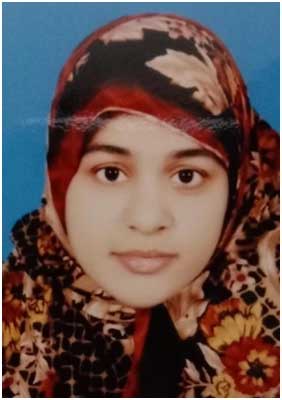The Kashmir dispute
Kashmir Problem has its origin in the partition of indo-Pak sub-continent. The division Plan of India gave this right to the independent states to join the dominion of their liking. It was announced that states while making accession would take into consideration the aspirations of their people. The dominant population Kashmir was in favour to join Pakistan. The Raja of Kashmir signed a stand-still agreement with Pakistan but signed instrument of accession with India.
Pundit Nehru in his roundabout way declared that the Kashmir dispute was like Pandora’s Box. If you opened it you would be faced with many evils. President Ayub in his straightforward manner declared that the Kashmir question was a “Time-Bomb” which would explode at the given moment. History has shown that President Ayub was right.
Kashmir the paradise on the earth, in fact, the Valley of Jammu and Kashmir with its population of 25 lakh was sold by the British to a Dogra Maharaja Gulab Singh for 75 lakh – as if human being merely cattle. At the time of partition Kashmir had 77% of Muslim population. But the Dogra ruler Hari Singh announced his decision to join India against the consent of his people. The Kashmiri Muslims rose in revolt against the tyranny of the Dogra forces. An armed conflict started in October 1947.
Since Kashmir is part and parcel of Pakistan from cultural, geographical, religious, economical and defence points of view, the Pakistani masses lent all moral and material supports to the Kashmiri Muslims. India protested against this action of Pakistan and took the Kashmir question to the UNO on 1st January, 1948. The United Nations appointed a Commission for peaceful settlement of the Kashmir problem.
The Commission presented two resolutions on August 13, 1948, and January 5, 1949, which were accepted by the Indian and Pakistani governments and approved by the Security Council. The main points agreed upon were: Cease-fire and the demarcation of the cease-fire line; A free and impartial plebiscite in Kashmir under the supervision of UNO; Withdrawal of forces of both the countries from the state of Jammu and Kashmir.
After the cease-fire the Indian forces refused to withdraw from the Kashmir Valley. General MacNaughton and Sir Owen Dixon who were appointed by the Security Council, failed to make India vacate the valley.
Next in 1951 came Dr. Graham but though Pakistan accepted all his proposals, India rejected them point- blank his second scheme was also rejected in February 1953. The Prime Ministers of India and Pakistan tried to settle the dispute by mutual talk in August 1953 – but they also failed. Next India backed out all her pledges saying that Pakistan had received military aid from USA which had totally changed the position. This time it was Pakistan which was forced to take the Kashmir issue to UNO.
The Kashmiri Muslim Prime Minister has been put behind the bars long ago. The Indian Government appointed puppet ministers to run the show. It took many decisions one after the other to absorb Kashmir into India. No respect was shown for the people of Kashmir. The shrines and mosques were desecrated. Public meetings were banned. Newspapers were banned too. The Indian police and army showed no mercy to the people of Kashmir. At last, tired of this persecution the Muslims once again rose in revolt. Their popular hero, Sheikh Abdullah, and his lieutenant, Mirza Afzal Beg were first released and then re-arrested. At last on August 8, 1965, a National Revolutionary Council was formed in Occupied Kashmir.
The Council announced the formation of a parallel government. The national radio Sada-e-Kashmir (or the Voice of Kashmir) – urged the people to join the Mujahideen. The freedom moment was stepped up. The Liberation Army attacked the Indian Forces destroyed bridges and killed many soldiers. They were so successful that India became desperate and attacked Pakistan.
Then the cease-fire was announced and in the latest Resolution the Security Council has decided that the Kashmir dispute is a reality and needs settlement. Pakistan stands for the right for the self-determination for the Kashmir as accepted in principle by the charter of Human Rights of the UNO.







